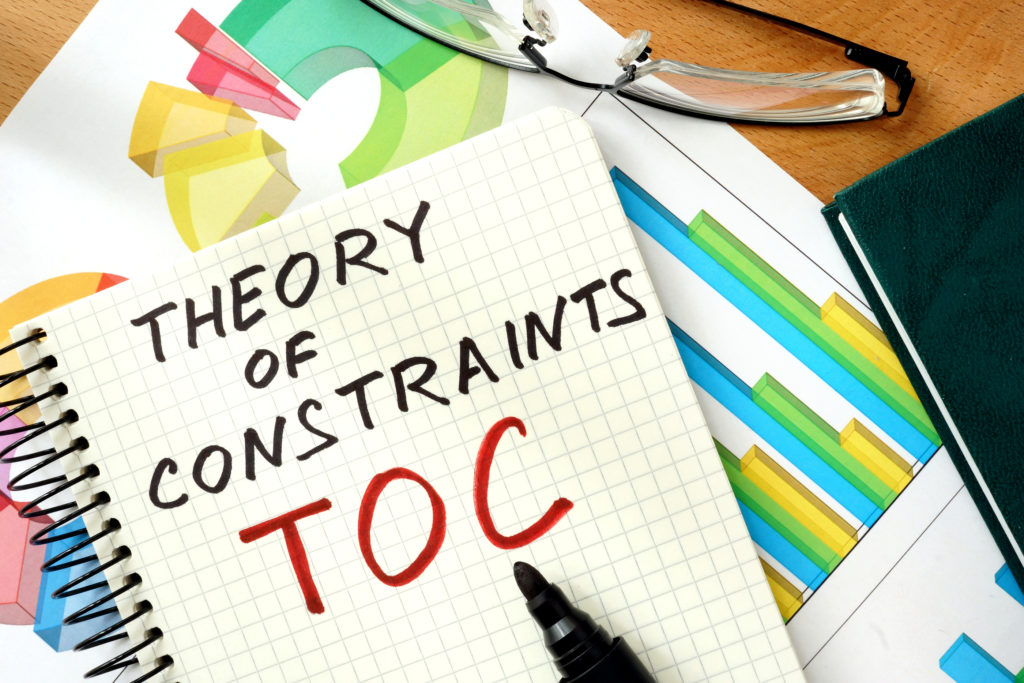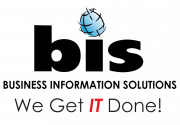In a recent weekly leadership team meeting we were discussing the topic we felt would be most beneficial for our next quarterly off-site meeting. The goals of these quarterly offsite meetings are to drill deep on the issues that are constraining our companies, come closer together as a team and have a little fun. The deliverables from these meetings are then made into assignments that are given to specific people to solve the issues. I brought up the topic of The Theory of Constraints because I’m currently listening to the book The Goal by Eliyahu M. Goldratt. Although the concept is very easy to understand, “a chain (or system) is only as strong as its weakest link,” the upside of being able to clearly identify the weakest link and then, put actions in place to strengthen that link, is enormous.
Therefore, this blog is designed to further explain The Theory of Constraints and define some of the processes and applications for discovering and solving the constraints. Because I am primarily in the technology business, most of my examples and focus will be in this category, but this process can be applied to any system.
In fact, in Goldratt’s book, he is primarily dealing with the manufacturing process, but also, a relationship between the main character, Alex and his wife. Much of the approach is the Socratic Method which uses probing questions to bring about thought. This is a must read for anyone who is interested in building teams and developing processes in order to scale an organization.
The Theory of Constraints
The Goal. The process begins with a question – What is the goal of the company? Every company is built to achieve a specific purpose. It is important that the members of the team have a full understanding of what the purpose is in order to determine the goal. So the first two steps must be determining the “what” and then the “who” is responsible for these decisions; and therefore, the actions required to actually set the goal. Let’s use the example that the goal is to build a profitable company that can withstand the test of time, or in other words, “A Profitable Company That is Built to Last.” In order to do that, here are some necessary conditions to fulfill that goal.
- Competitive Advantage – Unique Selling Proposition
- Satisfied Employees
- Highly Trained Employees
- Highly Documented Processes
- Technology Leadership
- Clear Vision-to-Business Landscape
- Positive Cash Flow
The Measurements. In addition to the goal, we need a set of measurements that will enable us to judge the impact of a local decision on the global goal. The goal is ultimately reached by the fulfillment of the necessary conditions. So the best way to ensure the goal is to measure the necessary conditions.
For example, surveys can be taken to determine the satisfaction of employees. 90 Day – 360 Degree Evaluations of employees and leadership can gauge the effectiveness of the leadership. One last example would be to track the profitability month over month.
These measurements are important to be done weekly or monthly so as corrections can be made along the way rather than having to make a decision well after you are far from the mark.
Constraints. Constraints are what keep us from reaching the goal. Breaking a business down into systems or departments and measuring each department is a great way to determine where constraints live. These systems or departments are like a network of chains. Each event is dependent on the event in front of it.
For example, a client “on boarding” cannot take place before the Scope of Work is written and reviewed. Let’s say that we have an issue with getting someone to review the project and write the scope of work. In this case it makes no difference whether the parts are ordered and in place for delivery if we cannot schedule the project because the Scope is not written. The writing of the Scope of Work is the weakest link.
If we focus on the processes before the weakest link, we have an abundance of hardware that needs to be installed, as well as a large amount of cash tied up in the process. Likewise, if we focus on things behind the weakest link we further lower the amount of work needed for these employees. It is clear that once we strengthen one link in the chain another link now becomes the weakest link and now needs our attention. For the entrepreneur who is passionate about their business, this is actually the greatest news! See illustration below to visualize the concept.
Market Demand
The Focusing Process. The Theory of Constraints is really more about managing change than anything. Applying this theory answers three basic questions.
- Where is the constraint?
- What should we do with the constraint?
- How do we implement the change?
There is a five step process that helps us manage the change. The five steps are:
- Identify the system constraint
- Decide how to exploit the constraint
- Subordinate everything else to the above decision
- Elevate the constraint
- Go back to step one – beware of “Inertia”
So where does Inertia play into this? In physics, inertia is the tendency for an object remain at rest or in motion until it is acted upon by an outside force. At work, we often work on solving problems and are successful. But we have a tendency to forget about a problem once it has been solved. We assume it stays solved – that is until it raises its ugly head again in the same or slightly morphed form. Remember that these processes are like chains and are interdependent. Changes we make to future constraints may impact what we did with a previous constraint.
Categories of Constraints. Constraints can come from various sources. There are internal and external constraints which is a very important delineation in this process. Below is a list of common constraints and areas of focus for resolution:
- Market constraints are external constraints. An example of this is having more product than you can sell. Focus must be put on sales and marketing or the visionary of the company to determine if your solutions are still relative and valuable.
- Employee/Resource constraints are internal. An example would be having more work than you are able to get done. Focus must be put on recruitment and possibly a focus on improving efficiencies by standardizing processes.
- Material constraints are usually external. A material constraint exists when the components or raw material keeps you from producing more. Focus must be put on purchasing in order to bring on more suppliers.
- Financial constraints or internal. These exist when there is not sufficient cash to meet short-term commitments, or have the ability to increase resources or facilities to increase throughput. Focus must be put on the financial department to secure additional lines of credit or speed up cash flow.
- Knowledge or Competence constraints are usually internal. This constraint as well as the resource constraint is common in today’s environment. The old adage; “Good people are hard to find”, is very true. Focus must be put on the internal culture of the organization to retain employees as well as training the competencies into existing and new employees. Good people are often not just found but also developed.
- Policy constraints are internal. Policy constraints can actually cut both ways. Lack of policy or ineffective policies can damper throughput. Focus on developing and streamlining policies is essential. These are often the most difficult to identify and to correct because these policies span across multiple links of the chain and require communication between the different departments of the organization.
What can be defined in a simple statement like, “a chain is only as strong as its weakest link” actually takes a great deal of energy and focus to accomplish improvement. All the while knowing that this is a process that must happen consistently in order for an organization to achieve a high level of success.
Thanks so much for reading our blog. We hope you find it informative and useful.
Respectfully,
Phillip D. Long
CEO
Business Information Solutions, Inc.
For more information about Business Information Solutions please visit the BIS Website. BIS, Inc. provides Network Consulting and Proactive IT Support for businesses in Gulfport and Biloxi MS, Mobile, Daphne, Spanish Fort, Fairhope, Foley AL and Pensacola FL.


